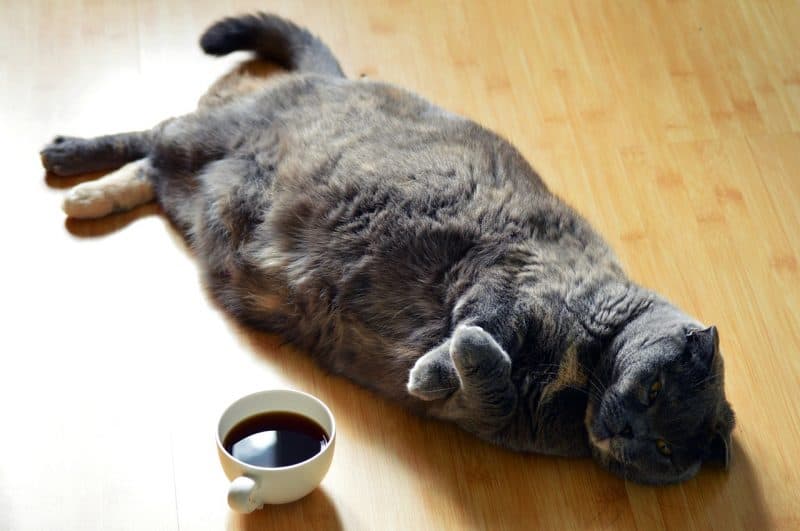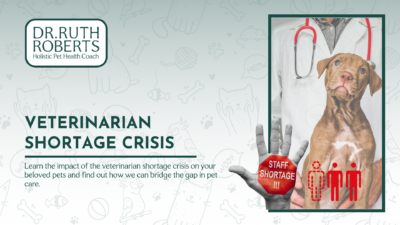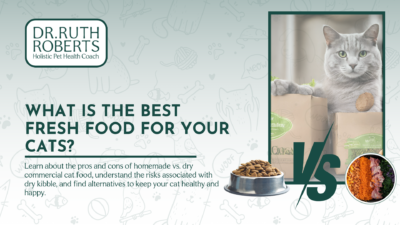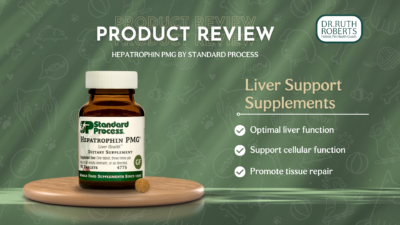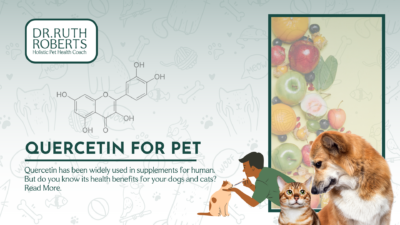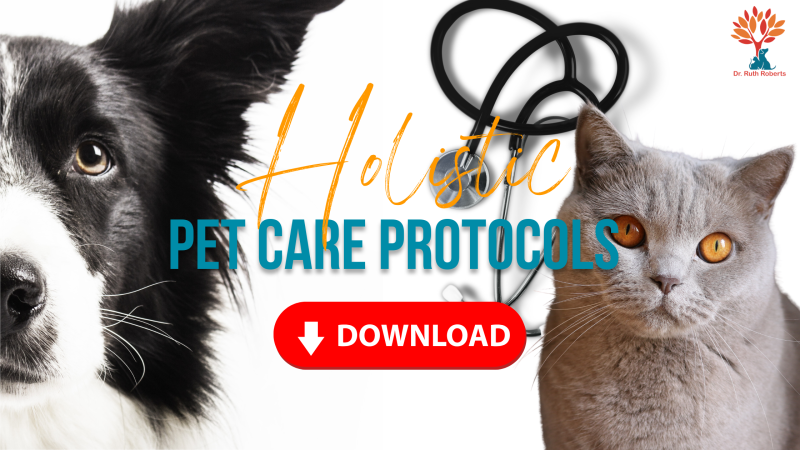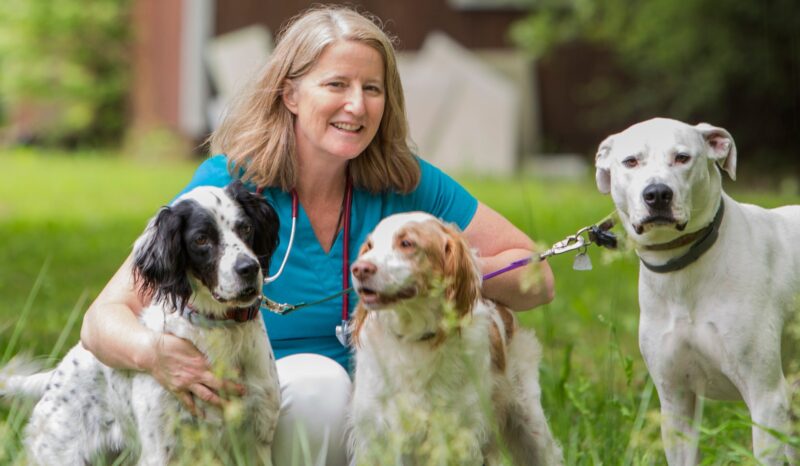Josephine
 I met Josephine the cat when I was a senior in vet school, during my internal medicine rotation. Josephine’s owner was a clinical psychologist, and she brought her kitty to the vet school because no one had been able to figure out why Josephine weighed so much. She was looking for answers, to help heal her pet.
I met Josephine the cat when I was a senior in vet school, during my internal medicine rotation. Josephine’s owner was a clinical psychologist, and she brought her kitty to the vet school because no one had been able to figure out why Josephine weighed so much. She was looking for answers, to help heal her pet.
Josephine did weigh a lot, she tipped the scale at 33.5 pounds. She was a big girl, but should have normally weighed about 14 or 16 pounds at the most. Poor Josephine could barely walk, and for all intents and purposes, she looked like a tortoise shell tick.
Being the diligent student I was, and eager to help solve poor Josephine’s problem, I began taking a history from the owner.
I inquired as to whether she’d had any prior health issues, and what tests or treatments her veterinarian had done. She relayed that she believed that Jo had an endocrine problem, and that her vet had simply told her that Jo just ate too much.
I asked her what she fed Jo each day. She said that she left dry food down all the time, but that Jo never ate more than about a half cup each day. Jo also ate a little canned food. At that time, we were supposed to chastise for feeding wet food, but that’s another deal all together. I left it alone.
After completing Jo’s physical examination, I found no health issues other than the obvious obesity. I explained to my clinician what the owner was asking, and what she was wanting to find out (regarding potential endocrine problems), and my physical exam findings. The conversation went something like this:
Clinician: “Well, how fat is she?”
Me: “She is the biggest cat I’ve ever seen.”
C: “How big is she?”
Me: “She weighs 33.5 pounds.”
C: “Wow.”
Yeah.
Nothing could truly prepare you for Jo’s full visage. I saw my senior clinician with a look of shock, then she quickly hid the reaction.
We talked to the client a bit longer, and after reviewing the previous lab work done, decided on a plan of action. The plan involved several tests for thyroid and adrenal function, as well as x-rays. The client agreed.
 We admitted Jo to the hospital for testing, and word of her condition spread fast. Poor Jo, everyone made fun of her, and she seemed genuinely embarrassed. Cats in vet hospitals generally don’t want to be there, and many become sort of catatonic, if you will pardon the expression. Some hide, but poor Jo actually seemed ashamed. I tried to spend as much time as possible with her. I’d tell her I knew she was beautiful, and that I would do my best to help her. I covered her cage with a towel to prevent peeping toms from heightening her shame.
We admitted Jo to the hospital for testing, and word of her condition spread fast. Poor Jo, everyone made fun of her, and she seemed genuinely embarrassed. Cats in vet hospitals generally don’t want to be there, and many become sort of catatonic, if you will pardon the expression. Some hide, but poor Jo actually seemed ashamed. I tried to spend as much time as possible with her. I’d tell her I knew she was beautiful, and that I would do my best to help her. I covered her cage with a towel to prevent peeping toms from heightening her shame.
Someone decided to send in a photographer, and so they took pictures of her and a picture of me holding her. I have to say, it was a struggle to hold her up for all the shots they wanted, because of her weight.
We got her through all the tests, and everything came back normal. I was going over the test results with the client, and telling her the very same. After discussing a few more things, I finally had to ask her again about how much she was feeding.
“I told you, about half a cup of dry food, and some canned food,” was the response.
I asked, “Well, how much canned food?”
The owner demurred and finally said, “Well, she begs for food a lot, and she just cries. It’s the only thing that makes her happy, so I give it to her.”
“How much canned food exactly?” I asked again.
“Well, I see patients in my home. When I finish with a patient, she cries when I come out of the room, and I give her some.”
“Well how much?” I was beginning to feel like a broken record.
“About a half a can each time.”
“How many patients do you see every day?” I asked, fearful of her response.
“Oh, generally five or six.”
I grimaced, internally of course. “Does she cry any other time?”
“Usually when I am making a meal for myself.”
 So, this means that Jo was getting just a half a cup of dry food, and oh, three or four cans of food per day. That’s enough to feed eight cats. No wonder she weighed so much!
So, this means that Jo was getting just a half a cup of dry food, and oh, three or four cans of food per day. That’s enough to feed eight cats. No wonder she weighed so much!
I took this new information to my senior clinician, and she asked what my plan was now. I told her I would calculate an appropriate diet for her, and devise an exercise plan. I hit the books and worked out the daily caloric requirements for Jo, based on the foods the owner told me she fed.
This was before the time of internet, so it took two hours to go to the library look up the values in a book, and then call the pet food manufacturers for the caloric content of the food. It was also a time before laser pointers, so devising an exercise plan was harder, and there were very few options for cats.
I went back to the owner with the diet plan. I asked her if she could get a scale and weigh the food out, to divide it into six portions. She said she could. Then, I gave her the total volume to feed in grams for the day (at that time, they made us do everything in metric to be more scientific, even though it had little real world application).
Next, we talked about exercise. “What does Josephine like to do?” I asked. Sleep and eat, was the answer.
“Does she have any interest in toys?”
No.
“How about balls of paper?”
Nope.
“Ok, does she like to go outside?”
“No” Jo’s owner retorted, “she is petrified of being outside.”
“What happens if you take her outside?” I asked.
“She runs back to the door as fast as she can.”
I decided to use fear as my ally.
“Ok,” I began, “her exercise program will be to take her out in the yard 25 feet away from the house, and let her run back to the door. Gradually increase the distance.”
The client agreed to this, and took Jo home. I wrote up all my notes and discharge instructions and placed them in her record. Later that night, my clinician told me I had been very creative in devising a plan for Jo. I had the distinct feeling that she had secretly been laughing her head off.
A week later, I called the client to see how Jo was. “How’s the diet going?” I asked.
She replied, “I haven’t been able to find a gram scale, so we didn’t start yet.”
“Oh,” I replied, “you should have called. That works out to about x ounces of food per day. How’s the exercise going?”
“Well, I didn’t start that because I hadn’t started the diet.”
“Oh,” I replied again, “well, can you find kitchen scale or would you like me to convert it to tablespoons?”
“Oh no, I’ll get a scale and start right away,” she replied.

I called a week later, and when asked how the diet was going, the client replied that she hadn’t started it because she hadn’t had time to go get a scale. I asked her if she had cut the food back and she replied she had not because she had been so stressed with work.
I called again one week later, but the client never took my call again.
So what does all of this mean? Well, first of all, some cats really are stress eaters and they will drive their owners nuts screaming for food. I found some solutions to this in Chinese medicine, but it is still an issue for many pets.
Secondly, the client did not want to accept responsibility for her part in creating Josephine’s condition, least of all her responsibility for changing it. This baffled me for so many years, that a person whose career involved helping people understand and correct their own behavior, could not change her own.
And then, I had to wear the shoes.

